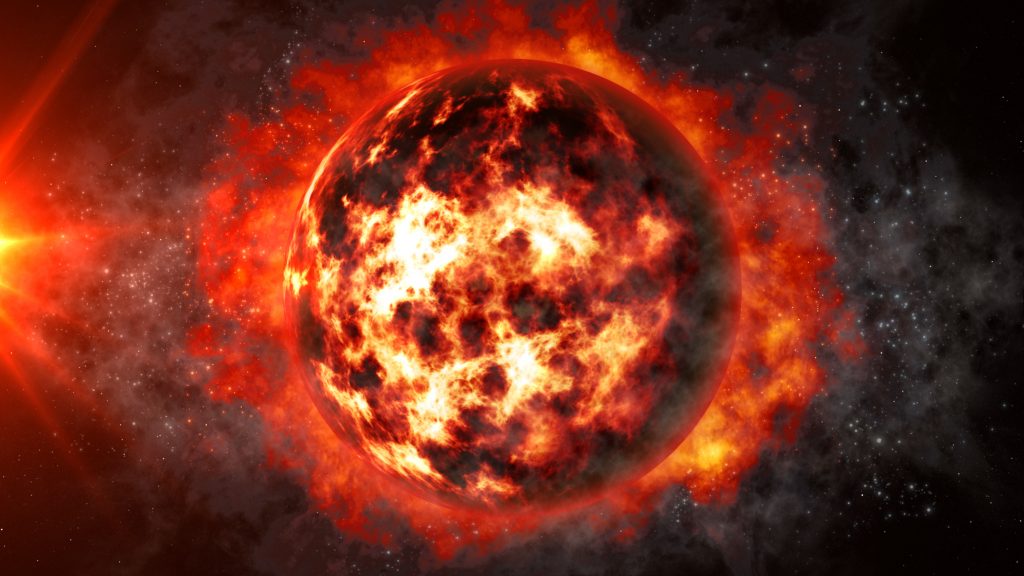The sun can be a great source of clean, renewable, and cheap solar energy. You have to take advantage of the more than five billion years of life that remain. We explain how the sun’s rays will be transformed into electricity for your plugs.

We continue our crash course to learn where electricity comes from. Today’s lesson is a monograph on the Sun, the largest power generator ever known.
How are its rays transformed into the light from bulbs? Magic? No. It’s just science.
We are going to focus on solar photovoltaics, which is the most used and directly transforms radiation into electricity. But there is also solar thermal, which uses the heat of the sun to raise the temperature of the water to generate steam that moves a turbine.
Photovoltaic energy
To transform sunlight into solar energy, semiconductor metal sheets are needed: photovoltaic cells.
These cells have one or more layers of semiconductor material and are covered with a transparent glass that allows radiation to pass through and minimizes heat losses.
The solar energy panels you see on the roofs of many houses are made up of these photovoltaic cells. Although its installation may seem expensive, the data say that the purchase is amortized, with savings of around 30% of the consumption that in the long term (25 years) means paying between $ 20,000 and $ 30,000 less. Another of its advantages is that it does not need great maintenance.
The power of the sun turned into electricity

The solar rays are composed of photons that reach the photovoltaic cells of the plate, generating a field of electricity between them and, therefore, an electrical circuit. The more intense the light, the greater the flow of electricity.
Photovoltaic cells convert sunlight into electricity in the form of direct current and with graduation that varies between 380 and 800 volts. To improve the result obtained, an inverter is used that transforms this energy into alternating current, which is what we use in our homes.
Finally, this alternating current passes through a meter that quantifies it and supplies it to the general electricity network.
Where do photovoltaic cells come from?
The father of this energy was the French physicist Edmond Becquerel, who at just 19 years old built the world’s first photovoltaic cell in 1839.
Soon after, in 1883, it was the American inventor Charles Fritts who developed the first solid cell by coating semiconductor selenium with a thin layer of gold to form the junctions. His device was only 1% efficient, but its structure gave way to what is today the transformation of sustainable solar energy.
“Solar photovoltaics will be the cheapest source of electrical energy in the world.”
Uses of solar energy
The electricity produced by photovoltaic cells can be used in:
- An isolated facility. Solar energy supplies electricity to places that are difficult to access, where, for example, power lines have not been deployed. This electricity is intended for self-consumption.
- A facility linked to the network. The solar energy produced is poured into the electrical grid as if it were just another generating plant. Meanwhile, the owner continues to buy the electrical energy consumed while selling what is produced.
- Satellites. They orbit the Earth and have solar panels in their structure to harness the energy provided by the nearby Astro Rey.
- Independent structures. Thanks to solar panels, many small infrastructures can benefit from and supply themselves with energy: radio and television repeaters, road SOS poles, radars, military structures, forest surveillance posts, switching centers …
The future is solar

According to the International Energy Agency, solar photovoltaics will become the cheapest source of electrical energy in many countries for decades to come. In addition, photovoltaic systems have a long-term useful life, since it is estimated that they last an average of 30 years (with a performance above 80% of the initial one after 25 years). And if this were not enough, all its components can be recycled.
When it comes to downsides, intermittency (damn clouds! Damn night!) And storage issues are the main downsides to solar power. However, the blessed technology is on the way to remedy these problems, developing increasingly durable batteries and investigating how to install panels where the sun always shines … In outer space.


